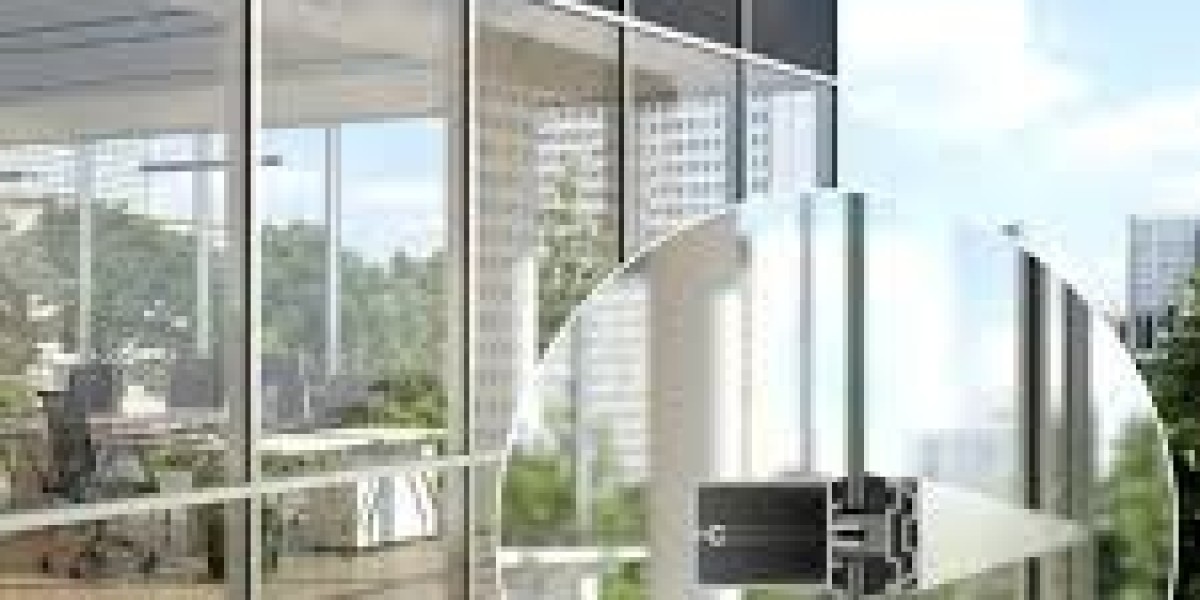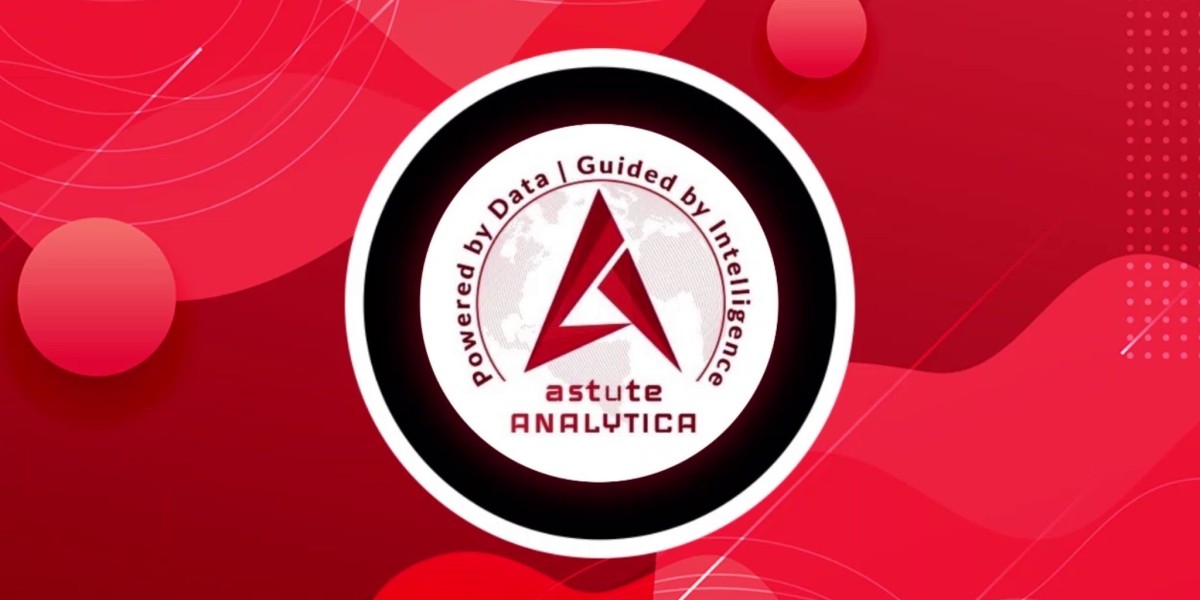In today's world, where sustainability and energy efficiency are becoming increasingly important, architects and builders are constantly seeking innovative solutions to reduce energy consumption in buildings. One such technology that has gained attention is Vacuum Insulated Glass (VIG). This cutting-edge glazing system promises to enhance thermal performance and improve energy efficiency in buildings. In this blog post, we will explore whether Vacuum Insulated Glass is truly energy-efficient for buildings.
Reasons to install Vacuum Insulated Glass
Understanding Vacuum Insulated Glass:
Vacuum Insulated Glass is an advanced glazing technology that consists of two or more glass panes separated by a hermetically sealed vacuum gap. The vacuum layer acts as an excellent thermal insulator, minimizing heat transfer through conduction and convection. Unlike traditional double-glazed windows, VIG offers significantly higher insulating performance due to the absence of gas or air between the panes.
Enhanced Thermal Performance:
One of the key advantages of Vacuum Insulated Glass is its exceptional thermal performance. The vacuum gap effectively reduces heat loss or gain through the glass, resulting in improved insulation and reduced energy consumption. With lower U-values (a measure of heat transfer) compared to conventional glazing, VIG can significantly contribute to reducing heating and cooling loads in buildings.
Reduced Energy Costs:
By incorporating Vacuum Insulated Glass into building designs, property owners can potentially experience long-term energy cost savings. The enhanced insulation properties of VIG can reduce the reliance on heating, ventilation, and air conditioning systems, leading to decreased energy consumption. This not only benefits the environment by reducing greenhouse gas emissions but also helps to lower utility bills, providing financial savings over time.
Comfort and Condensation Control:
Apart from its energy-saving benefits, Vacuum Insulated Glass also enhances occupant comfort. The improved insulation minimizes temperature variations near windows, reducing drafts and cold spots commonly associated with single-pane windows. Additionally, the vacuum layer prevents condensation buildup on the interior surface of the glass, ensuring a clear view and maintaining a comfortable indoor environment.
Considerations and Limitations:
While Vacuum Insulated Glass offers several advantages, there are a few considerations to keep in mind. First, VIG tends to be more expensive than traditional glazing systems, which may impact initial construction costs. However, the long-term energy savings and enhanced comfort provided by VIG can help offset these higher upfront expenses.
Furthermore, due to its complex manufacturing process and delicate nature, Vacuum Insulated Glass may require specialized installation and maintenance procedures. Builders and architects should work closely with experienced professionals to ensure proper handling and installation to maximize its benefits.
Conclusion:
As we strive to construct energy-efficient buildings, technologies like Vacuum Insulated Glass offer promising solutions to reduce energy consumption and improve thermal performance. By utilizing VIG, building owners can create more sustainable and comfortable spaces while potentially lowering energy costs in the long run. While there are considerations and limitations, the numerous advantages of Vacuum Insulated Glass make it a compelling option for those seeking energy-efficient solutions in building design. As this technology continues to evolve, we can expect even greater advancements in energy efficiency and sustainability in the construction industry.








